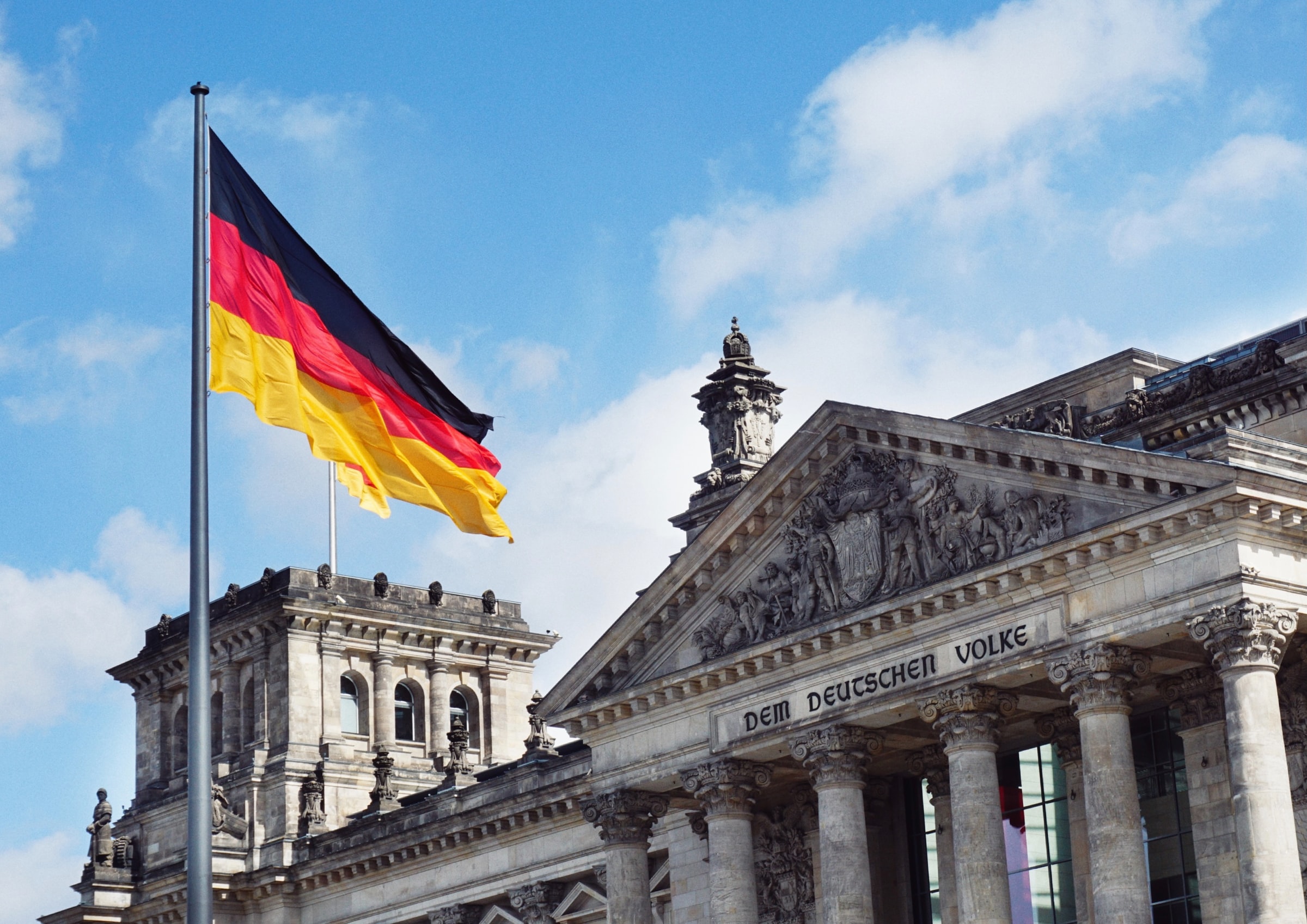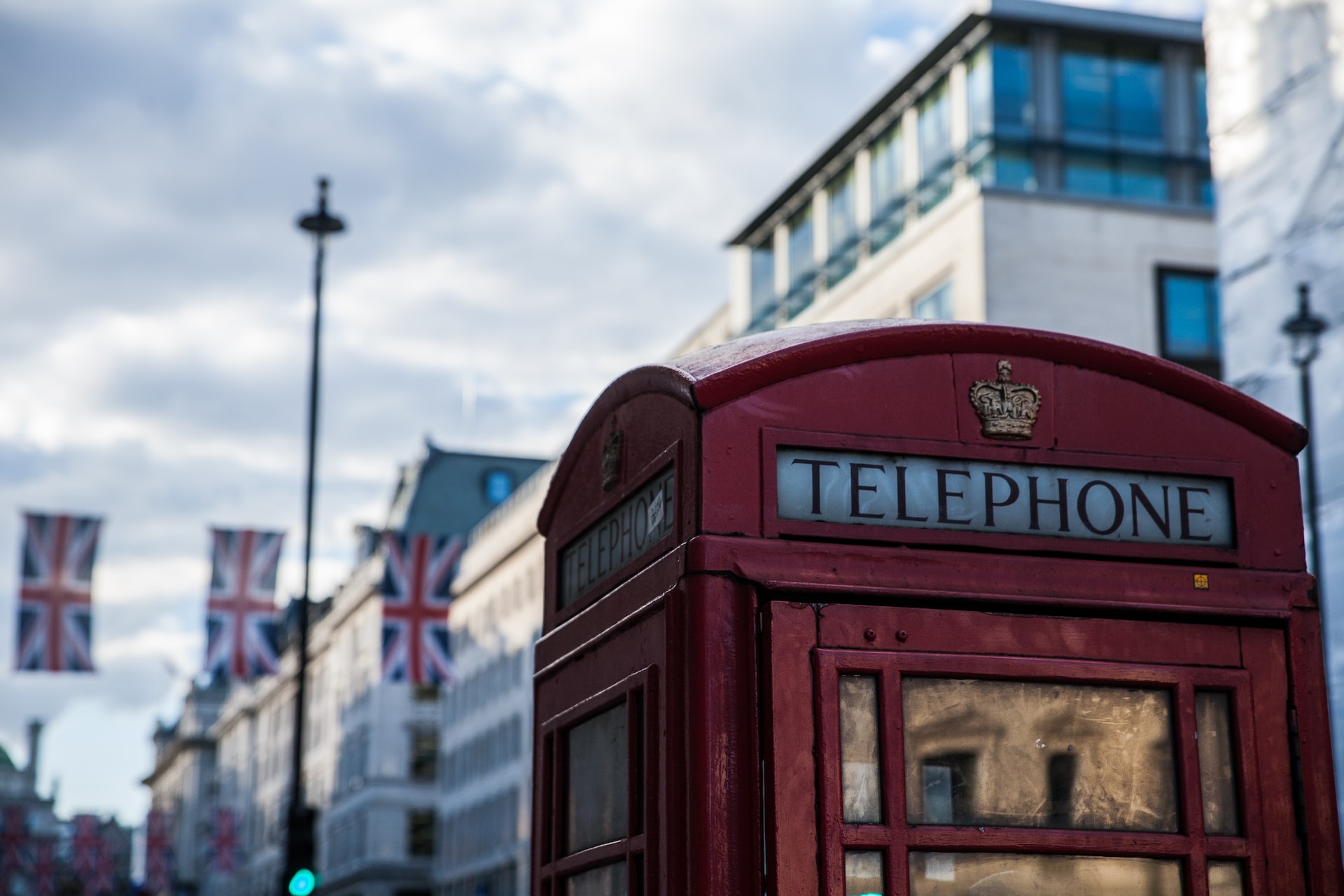The Comprehensive Guide to the Germany Area Code

Have you ever tried to call a friend in Berlin, close a business deal in Munich, or simply wanted to know how to reach that one tasty bakery in Cologne? Then you have undoubtedly encountered the phenomenon of the Germany area code.
It may seem like a small detail, but correctly handling these series of numbers is a crucial part of effective communication with our eastern neighbors. This comprehensive guide delves deep into the world of German phone numbers, unravels the secrets behind the German area codes, and provides you with all the knowledge you need for seamless communication with German contacts.
The basics: The structure of German phone numbers
Before we delve deeper into the nuances of German area codes, it is essential to understand the basic structure of German phone numbers.
A complete German phone number usually consists of the following elements:
- The international access code: This is the code you need to dial from abroad to start an international call. For most countries, this is 00.
- The German country code: This is the unique code that identifies Germany within the international telephone network. The country code for Germany is 49. This means that every German phone number you call from abroad starts with +49 or 0049.
- The German area code (Ortsvorwahl): This is a two- to five-digit code that identifies a specific geographical region in Germany. Larger cities usually have shorter area codes, while more rural areas may have longer area codes. This system ensures a unique identification of local numbers within the German telephone numbering system.
- The local number (Rufnummer): This is the individual phone number of the subscriber within the respective area code.
An example of a complete German phone number would look like this if you were calling from abroad:
+49 30 1234567 (where 30 is the area code for Berlin and 1234567 is the local number). For domestic calls to another city, you would dial 030 1234567. For domestic calls within the same city, you omit the 0 before the area code and dial the local number directly.
German Area Codes in detail
German area codes are like the postal codes of the telephone world. They tell you in which region of Germany the phone number is located. The German telephone numbering system has grown historically and reflects the administrative division of the country. Although there have been adjustments over time, the principle of geographical allocation of area codes has largely been maintained.
It is important to realize that the length of the area codes varies. This is because the larger cities, with a higher population density and therefore more phone numbers, were assigned shorter area codes to maximize the number of available local numbers. Smaller cities and rural areas often have longer area codes.
Some well-known German area codes are:
- 30: Berlin
- 40: Hamburg
- 89: Munich
- 221: Cologne
- 69: Frankfurt am Main
- 711: Stuttgart
The mobile revolution
In addition to landline numbers, German mobile numbers are an integral part of the German communication landscape. German mobile numbers have a slightly different structure than landline numbers. They usually start with a 01 followed by two digits that identify the mobile phone numbers (for example, 015, 016, 017). This is followed by the individual subscriber number.
When you call a German mobile number from abroad, the structure is as follows: +49 1XX XXXXXXXX. If you are calling within Germany, to another mobile number, you dial 01XX XXXXXXXX.
International calling
For those calling Germany from abroad, it is essential to correctly enter the international access code and the German country code. As mentioned earlier, you start with the access code of your country (usually 00), followed by the country code of Germany (49), and then the German area code (without the leading 0) and the local number.
Examples of correct international dialing:
- To a landline in Berlin: 00 49 30 1234567 or +49 30 1234567
- To a German mobile number: 00 49 176 87654321 or +49 176 87654321
Virtual phone numbers as a key to the German market
In the modern business landscape, virtual phone numbers are gaining popularity, especially for companies that want to create a local presence in Germany without being physically located in the country.
Virtual phone numbers allow you to have a local number in a specific German region, while the incoming calls are forwarded to your existing phone number, wherever you are in the world.
This offers several advantages for business communication:
- Local image: A local number builds trust with German customers and makes it easier and cheaper for them to contact you. This is a crucial part of doing business successfully in the German market.
- Cost savings: Virtual phone numbers are often cheaper than setting up a physical office with a traditional telephone line in Germany.
- Flexibility: You can easily forward incoming calls to different numbers, depending on the availability of your team.
- Advanced features: Many virtual phone numbers offer advanced features such as voicemail, statistics by e-mail, call recording and interactive voice response (IVR) systems, which promotes efficient communication.
Cultural nuances
In addition to the technical aspects of the Germany area code and German phone numbers, it is also good to take cultural norms into account when calling Germany. In Germany, directness is valued, but politeness is essential. It is considered polite to identify yourself clearly when you call and to say “Auf Wiederhören” at the end of the conversation.
Although German is the official language, many German contacts, especially in business contexts, also speak English. Nevertheless, it is appreciated if you know at least a few basic phrases in German.
Germany and the world
Germany is a major hub in European countries and has strong economic ties with countries all over the world, including the United Kingdom and even countries like South Africa. The need for international communication is therefore great.
Conclusion
The Germany area code is more than just a series of numbers; it is a gateway to the German language, the German market, and German contacts. Whether you are calling abroad to a landline in a picturesque village, trying to reach a German mobile number of a business partner, or considering virtual phone numbers for your company, understanding and correctly using German area codes is an essential part of efficient communication.
With this comprehensive guide, you are now well-equipped to achieve seamless communication with Germany. It is a crucial part of success, whether it is for personal relationships or business communication.
Frequently asked questions
A quick way to explore how everything works and what to expect.
The Germany area code refers to the geographical codes (Ortsvorwahlen) used within Germany to identify specific regions within the German telephone numbering system. When calling from abroad, you must follow the German area code (without the leading 0) after the German country code (49).
The German country code is 49. You must use this code when calling a German telephone number from abroad, preceded by the international access code of your country (usually 00 or +).
To call a German number from abroad, dial the international access code of your country, followed by the German country code (49), then the German area code (without the leading 0), and finally the local number.
Yes, German toll-free numbers often start with 0800. These numbers are free for the caller, both for domestic calls and sometimes (depending on the provider) from abroad.
Virtual phone numbers are local numbers in Germany that are not tied to a physical location. Incoming calls to these numbers can be forwarded to an existing telephone number anywhere in the world you are. This is useful for companies that want to create a local presence.
Yes, it is polite to identify yourself clearly and say “Auf Wiederhören” at the end of the conversation. Although many German contacts speak English, it is appreciated if you know a few basic phrases in German. The cultural nuances can contribute to a more positive interaction.

 Netherlands
Netherlands Belgium
Belgium Denmark
Denmark Germany
Germany France
France Switzerland
Switzerland Austria
Austria UK
UK Spain
Spain Italy
Italy


